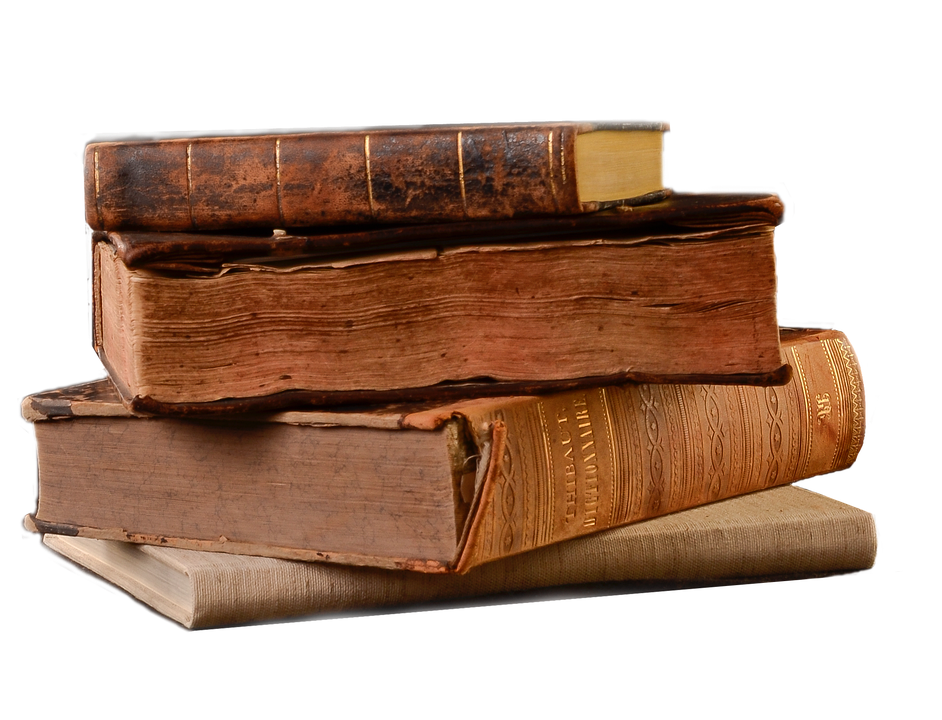The Role of Religion and Tradition in Jewish American Literature
Jewish American writers have long grappled with issues of religion and tradition in their works, using these themes to explore their identity, history, and culture. From the early 20th century to the present day, writers such as Saul Bellow, Philip Roth, and Cynthia Ozick have drawn on Jewish religious beliefs and traditions to create rich and nuanced portrayals of Jewish life in America.
Religion as a Source of Identity
For many Jewish American writers, religion serves as a central source of identity and a way to connect to their heritage. In works such as Saul Bellow’s “The Adventures of Augie March” and Philip Roth’s “Goodbye, Columbus,” characters grapple with questions of faith and tradition as they navigate the complexities of their own Jewish identity.
In these novels, religion is depicted as both a source of strength and a source of conflict. Characters often struggle to reconcile their religious beliefs with the demands of modern life, leading to internal conflicts and external struggles with family members and community members who may have different beliefs.
Exploring Jewish History and Culture
Jewish American writers also use their works to explore the history and culture of the Jewish people, drawing on religious texts, traditions, and rituals to create rich and vibrant portrayals of Jewish life in America. In novels such as Cynthia Ozick’s “The Shawl” and Chaim Potok’s “The Chosen,” writers delve into the complexities of Jewish history and culture, using the lens of religion to illuminate the challenges and triumphs of the Jewish people.
Through their exploration of Jewish history and culture, these writers seek to bring attention to the struggles and achievements of the Jewish community, shedding light on the rich tapestry of Jewish life in America and around the world.
The Reinterpretation of Tradition
While many Jewish American writers draw on traditional Jewish beliefs and practices in their works, others take a more subversive approach, reinterpreting and challenging traditional religious narratives to explore new and unconventional ideas. In novels such as Michael Chabon’s “The Yiddish Policemen’s Union” and Nicole Krauss’s “Great House,” writers push the boundaries of traditional Jewish storytelling, blending elements of fantasy, mystery, and postmodernism to create innovative and thought-provoking works.
By reinterpreting traditional religious narratives, these writers challenge readers to consider new perspectives on age-old questions of faith, tradition, and identity, inviting them to rethink their assumptions about the role of religion in modern life.
Conclusion
In conclusion, the role of religion and tradition in the works of Jewish American writers is a rich and complex one, encompassing themes of identity, history, and culture. From the exploration of Jewish religious beliefs and practices to the reimagining of traditional narratives, Jewish American writers use religion as a powerful lens through which to examine the complexities of Jewish life in America.
Through their works, writers such as Saul Bellow, Philip Roth, Cynthia Ozick, and others seek to shed light on the struggles and triumphs of the Jewish community, bringing attention to the rich tapestry of Jewish history and culture. By drawing on the richness of Jewish tradition and the diversity of Jewish religious beliefs, these writers create works that resonate with readers of all backgrounds, inviting them to explore new perspectives on faith, tradition, and identity.
